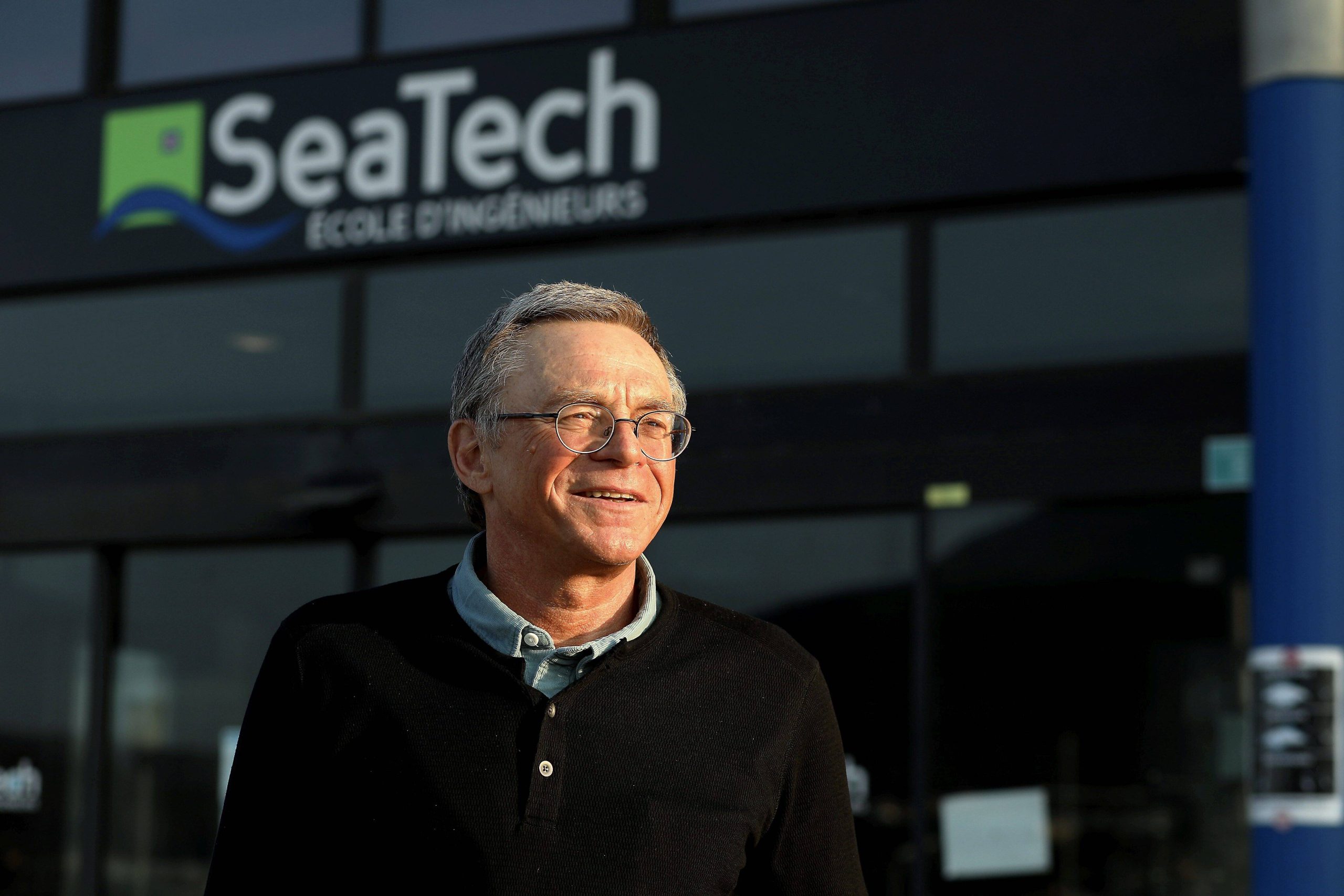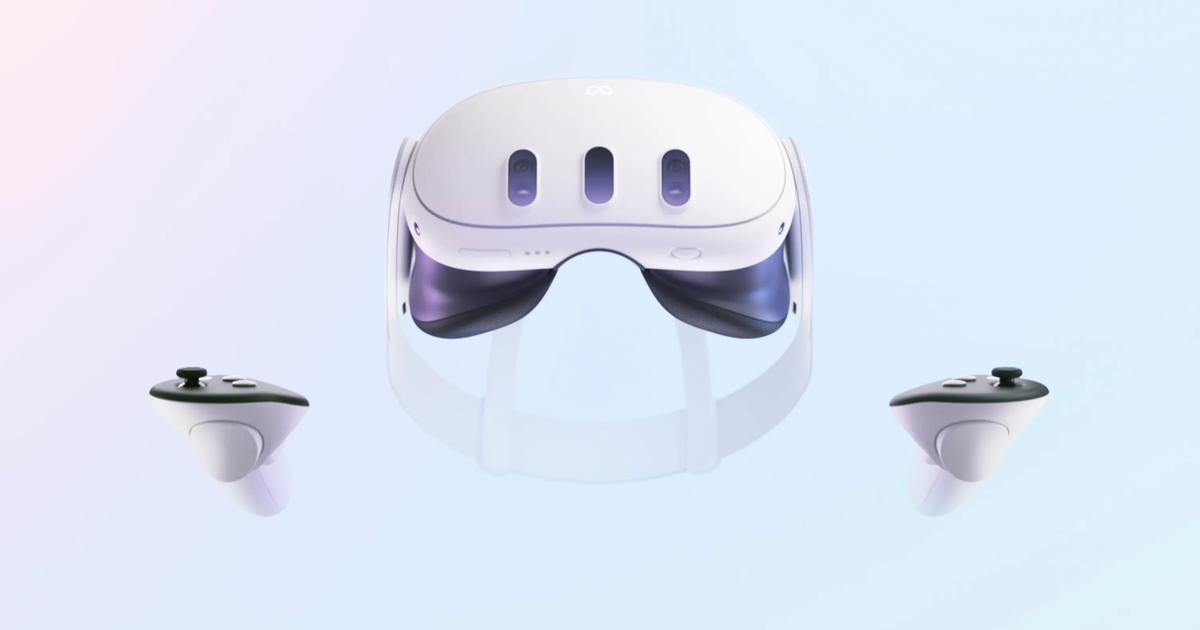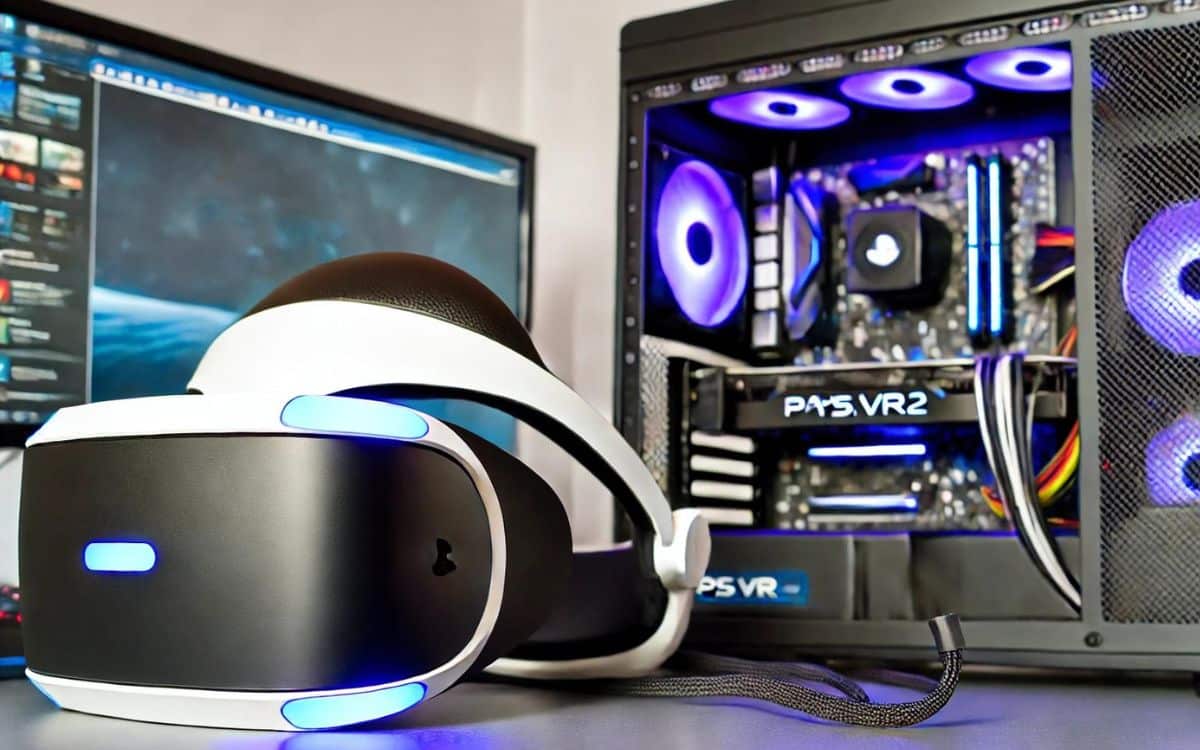Create waves in the lab “moving boards”This is one of the things that fascinates Stefan Greeley. Oceanographer, famous researcher, professor at the University of Rhode Island (USA), specializing in numerical modeling of extreme waves – specializing in the crossroads of mathematics and physics.
As difficult as it may be, the topic created a violent disconnect in the public eye, with the devastating tsunami of December 26, 2004 in the Indian Ocean.
On a smaller scale, the Mediterranean is no exception to this type of phenomenon. And even if the collective memory does not always remember it.
Stéphan Grilli participates in many international programs, develops flood maps on the eastern coast of the United States, studies the Tonga volcano …
A course of courses is offered at the University of Toulon for a few months. What are your teachings?
In my classes, I cover extreme wave modeling and solving some equations. Today, we are able to create digital models that allow simulation. We see a tsunami spreading, almost in virtual reality, but with physical calculations.
Are waves a recent topic of study?
The French began developing this type of equation in the 19th century. It was the advent of computers that made it possible to solve calculations. On the other hand, we’ve had very recent events, which I used to start my SeaTech courses with and attract the audience. Tonga underwater volcano erupted on January 15th. The entry of water into the volcano caused an explosion that was between 40 and 60 times the energy of Hiroshima. The shock wave spread and circled the world four times. This was measured in Toulon.
it by saying?
At an altitude, there are 17,500 km between the islands of Tonga and Marseille. The shock wave arrived at the speed of sound, in about fifteen hours. Specifically, we measured a small anomaly in atmospheric pressure, a few centimeters. This caused Etang de Berre to move, as instruments recorded the oscillations. Apparently, the Gulf of Toulon also responded with its own oscillations. It’s very well known physics, but it’s very interesting to measure it in real time. What we can do thanks to the network of sensors.
What about the dangers of a tsunami in the Mediterranean?
In the Mediterranean, there is seismicity, even if the level of danger is low on the French coast. The events took place historically, with water submerging two meters in some places. Two meters may not seem like a lot, but if you have crowded beaches in the summer, it can be very dangerous.
Where do the risks come from?
Even a mild earthquake can cause a landslide. In the Strait of Messina (in 1908, southern Italy), an earthquake caused an abnormally strong tsunami, with floods 12 meters high and killing 80,000 people. Recently, we were able to establish that a secondary landslide was to blame. Look, it’s going to happen again, because Etna is still exploding. We tend to forget history.
But can we prepare for that?
Risks must be measured, modeled and taken into account, so that decision makers can make informed decisions. For the audience, it is about informing, in order to get the right reaction, if something happens.
How are you notified?
Successful offshore detection of a tsunami is a step forward. After the 2004 tsunami, analysis of radar and satellite data enabled us to find the trace of the tsunami suffix. Now, even better, we know how to spot them in real time. Radars on the ground, equipped with an alarm system, detect a tsunami long before it reaches the coast. by forming a surface current. This is the subject of studies conducted by the MIO Research Laboratory, in which the University of Toulon is involved. With the spread of radars from the var.
Apart from the scientific aspect, the impact of these intense waves on human activities is huge. These are the two aspects I will cover in my lecture.
Tsunami conference. Historic Events, Generation and Impact on Society: This Thursday at 2 p.m., Ciatica, La Garde Campus, Building X. Register at univ-tln.fr

“Certified gamer. Problem solver. Internet enthusiast. Twitter scholar. Infuriatingly humble alcohol geek. Tv guru.”





